Stefano Campana, Salvatore Piro978-0-203-88955-8, 978-0-415-44721-8
The book is divided into two parts. The first part concentrates on the theoretical basis of the various methods, illustrated for the most part through case-studies and practical examples drawn from a variety of geographical and cultural contexts. The second part focuses on the work carried out in the field during the Summer School. Tutors and students took part in the intensive application of the principal techniques of geophysical prospecting (magnetometry, EM, ERT and ground-penetrating radar) to locate, retrieve, process and interpret data for a large Roman villa-complex near Grosseto.
SEEING THE UNSEEN. GEOPHYSICS AND LANDSCAPE ARCHAEOLOGY provides a clear illustration of the remarkable potential of geophysical methods in the study of ancient landscapes, and will be usefull to Archaeologists, Geophysicists, Environmental scientists, and those involved in the management of cultural heritage.
Table of contents :
Table of Contents……Page 8
List of lecturers……Page 10
List of students……Page 12
Program of the school……Page 14
Preface……Page 18
Introduction……Page 22
Acknowledgments……Page 26
Theoretical Section……Page 28
Archaeological site detection and mapping: Some thoughts on differing scales of detail and archaeological ‘non-visibility’……Page 32
Introduction to geophysics for archaeology……Page 54
Electrical methods……Page 92
Electrical and magnetic methods in archaeological prospection……Page 94
Electrical resistivity tomography: A flexible technique in solving problems of archaeological research……Page 110
Theory and practice of the new fast electrical imaging system ARP©……Page 132
Magnetic methods……Page 154
Caesium-magnetometry for landscape-archaeology……Page 156
Why bother? Large scale geomagnetic survey and the quest for “Real Archaeology”……Page 194
The complementary nature of geophysical survey methods……Page 210
The use of geophysical techniques in landscape studies: Experience from the commercial sector……Page 228
Electromagnetic methods……Page 232
Short history, strategies and practical aspects of electromagnetic detection based on the description of field……Page 234
Electromagnetic methods (low frequency)……Page 244
Ground penetrating radar……Page 254
GPR methods for archaeology……Page 256
Ground-penetrating radar for landscape archaeology: Method and applications……Page 272
Comparative geophysical survey results in Japan: Focusing on kiln and building remains……Page 284
Field Work Section……Page 296
Introduction to landscape archaeology, mapping and geophysical prospection……Page 30
Test site background and outcome of the Aiali project……Page 298
Remote sensing: Aerial photography and satellite imagery……Page 300
Geophysical surveys……Page 306
Fluxgate, overhouser and caesium-magnetometry……Page 310
Electrical surveys……Page 316
Electromagnetic survey (EM38 Geonics ltd)……Page 320
Ground Penetrating Radar (GPR) surveys at Aiali (Grosseto)……Page 324
Field walking survey, artifact collection and analysis: Remarks of site development from late republican period to middle ages……Page 330
Putting everything together: GIS-based data integration and interpretation……Page 352
Author index……Page 358
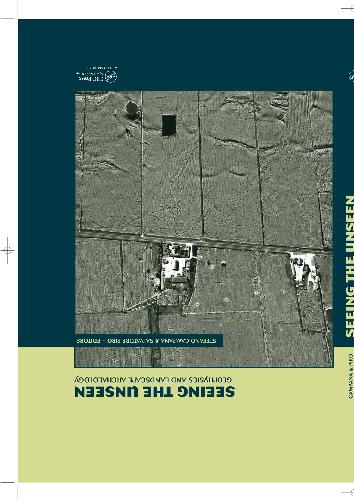
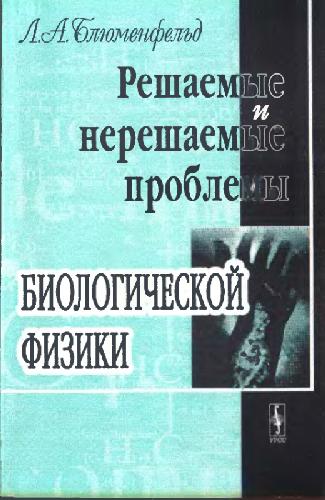
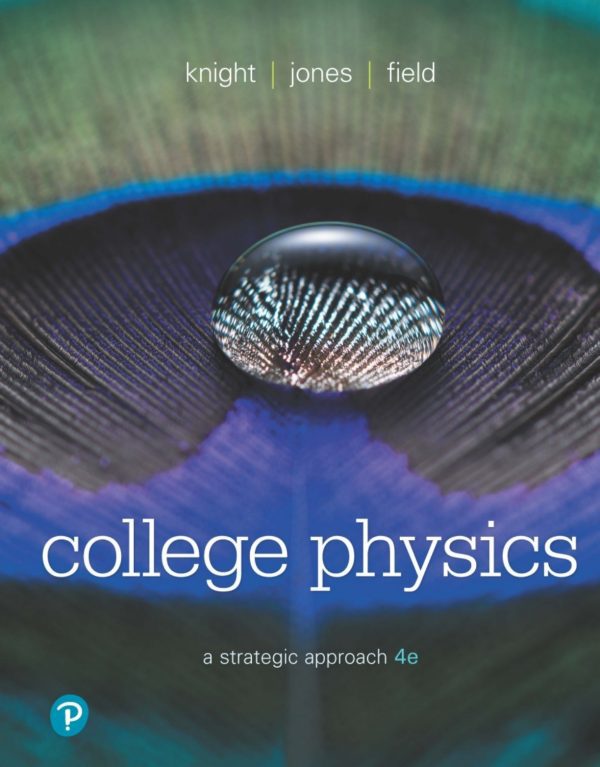
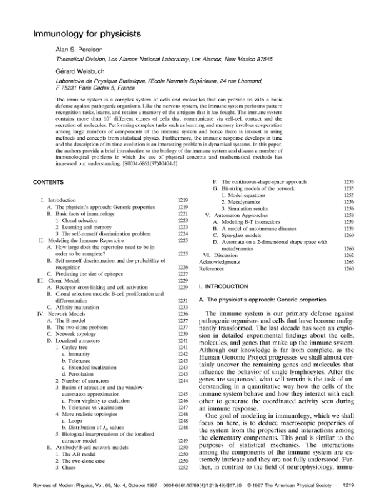

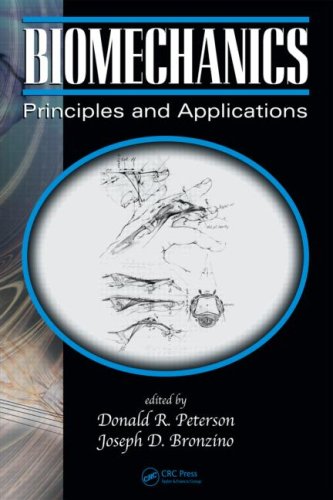
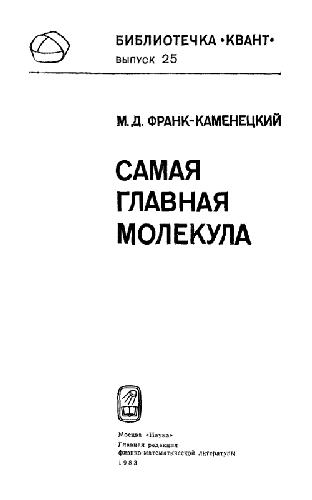
Reviews
There are no reviews yet.